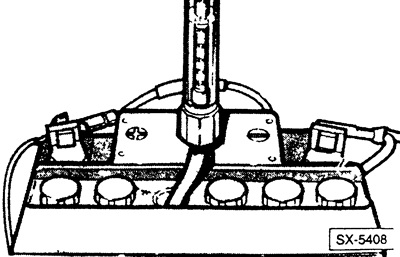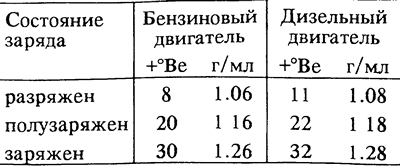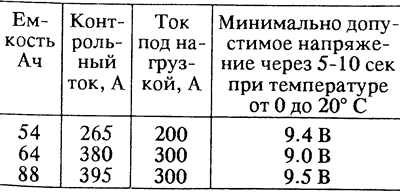Electrolyte Density Check

Together with the measurement of voltage, the density of the electrolyte allows you to draw accurate conclusions about the state of charge of the battery. A hydrometer is used to check. The greater the specific gravity (density) electrolyte, the higher the float rises. On a scale, you can read the density of the electrolyte in the form of specific gravity (g/ml) or in degrees Baume (+°Be). Batteries must have the following specifications (at an electrolyte temperature of about 20°C):

Consistently check each battery bank, all banks should have the same electrolyte density (allowable difference 0.04 g/ml). Otherwise, you may suspect a defective battery.
Battery test under load
Connect a voltmeter to the battery terminals.
Note: If the battery voltage (without connected consumers) is less than 12.2 V, the battery is empty and needs to be charged.
Start the engine and measure the voltage.
During the engine start, the voltage should not drop below 8 V (at an electrolyte temperature of +20°C).
If the voltage drops immediately to zero and different electrolyte densities are measured in different banks, it can be concluded that the battery is faulty.
The total battery voltage can also be measured using a load plug. Observe the manufacturer's operating instructions.
Test values

Attention: If the total voltage in this measurement (duration 10 sec) falls below the specified values, the battery is either discharged or defective.
